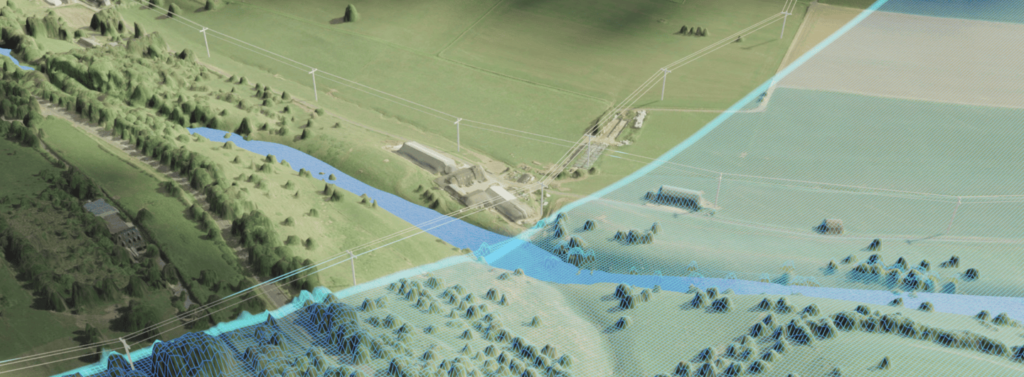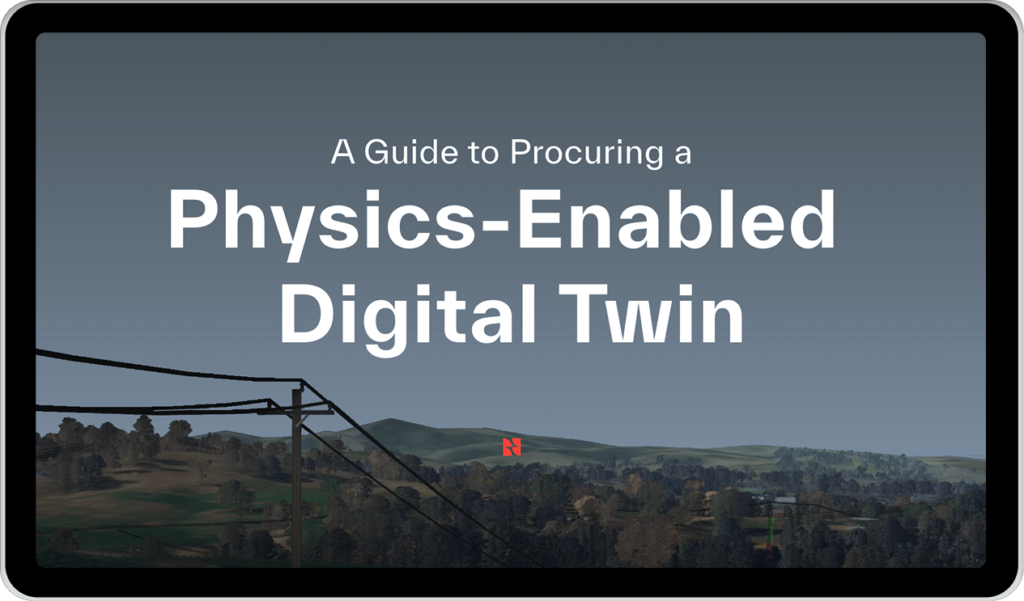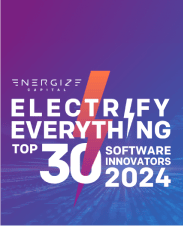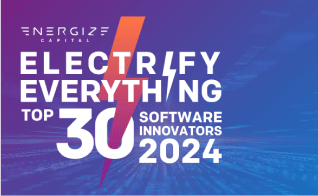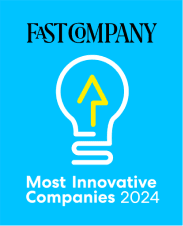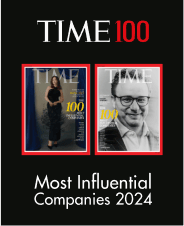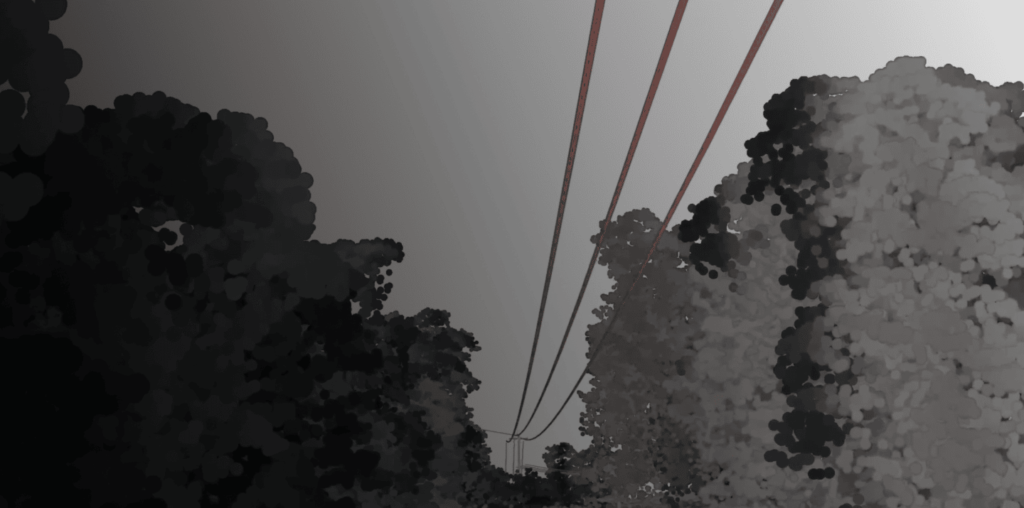

From seeing 'what is' to understanding 'what if'
Simulate interventions and prioritize investments with structural precision in any risk context across your network, whether you’re deciding what to fix in the next 30 days or where to invest over five years.
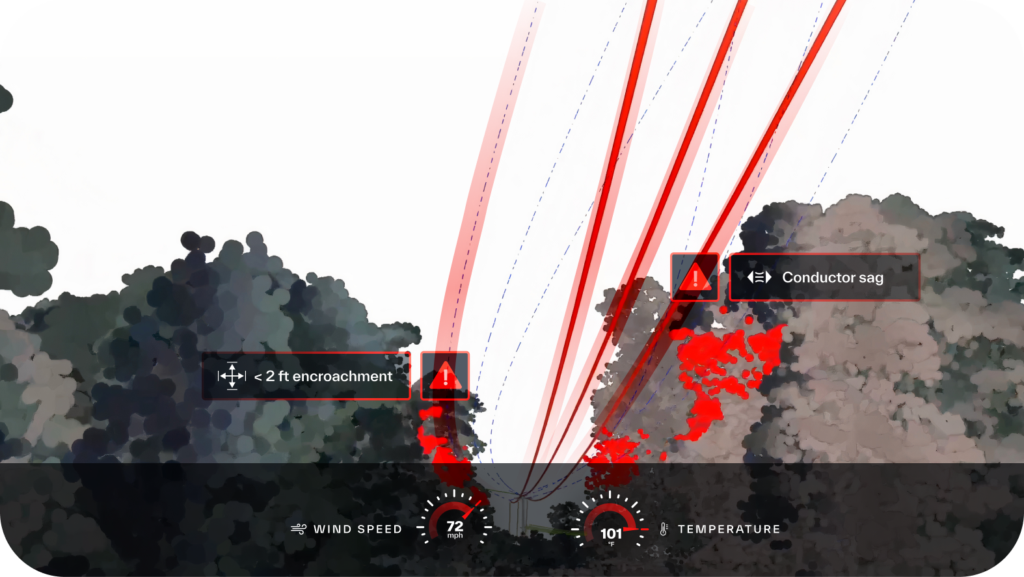
Outages and safety incidents are no surprise when you can only see a small fraction of your network at a time — and only see your assets and vegetation on their best behavior.
You’re trying to prioritize equipment maintenance, trim jobs, and capital projects — but you can only prioritize solutions to risks you can see.
You need to understand exactly how your assets will respond to severe weather — but field surveys only happen on fair weather days.
You need to prove your plan will actually solve reliability and resilience challenges — but measuring outcomes looks like guesswork.
Network governance is 80% reactive and 20% proactive.
For utilities using Neara, it’s the other way around.
Every asset bends, deforms, and sways in response to >100mph winds, flash floods, and more exactly as it does in field. Correct GIS errors and set the record straight on every asset location, configuration, and clearance measurement.
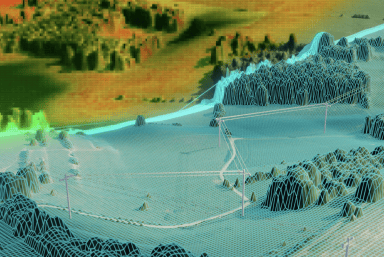
Simulate scenarios like severe weather and new network design to pinpoint key vulnerabilities and test-drive potential remediation solutions before spending a dollar or breaking ground in the field.
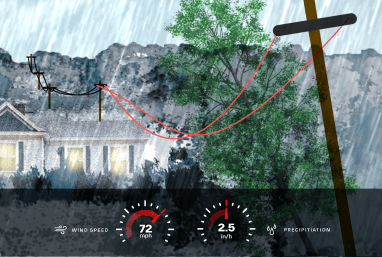
Need to validate your vegetation budget number? Demonstrate which poles actually need replacement? Justify your new transmission line? Objectively define network needs with demonstrable data regulators and other key stakeholders will understand.
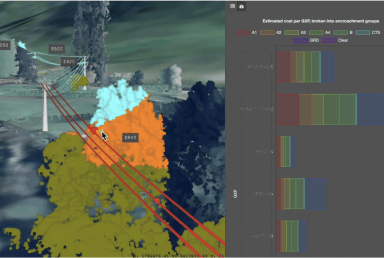
A Guide to Procuring a Physics-Enabled Digital Twin


Explore Solutions


9x
outage risks 9x faster
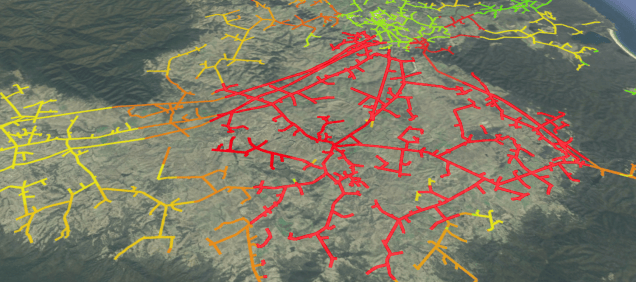

3x
3x faster vs. other software
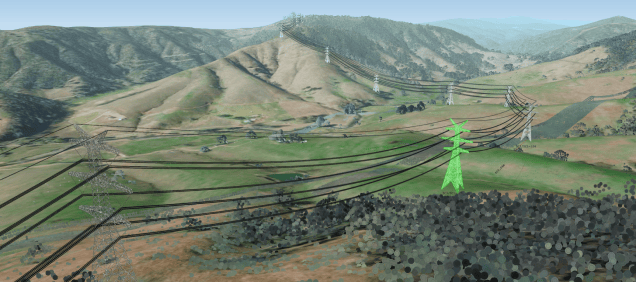

85%
changes 85% faster
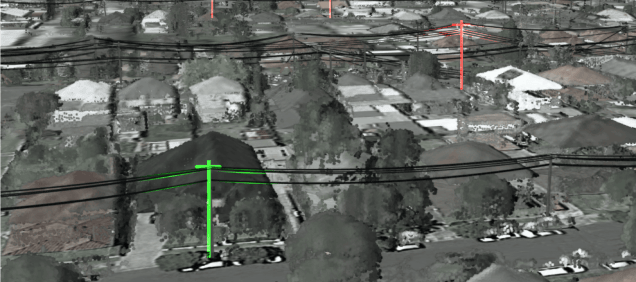

3x
3x faster
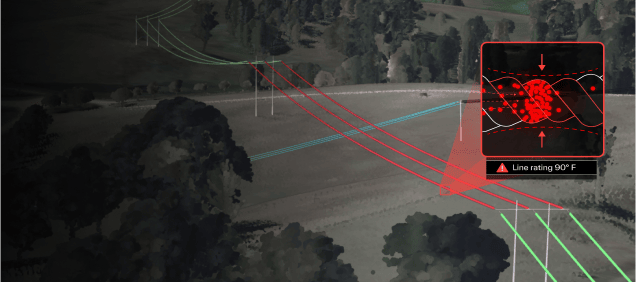

2x
2x existing network capacity
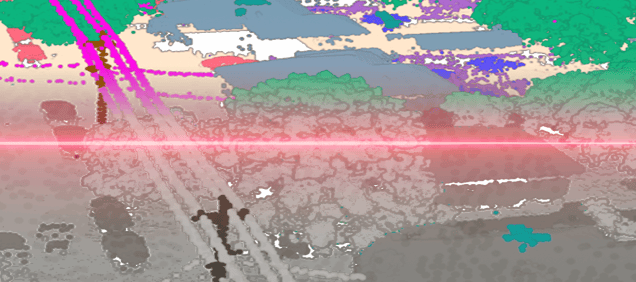

'000s
of GIS discrepancies
Power your network to a whole new level
-
Conduct cost-benefit analyses in minutes, not months
-
Eliminate thousands of field visits
-
Save millions of dollars annually
